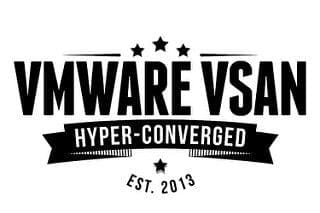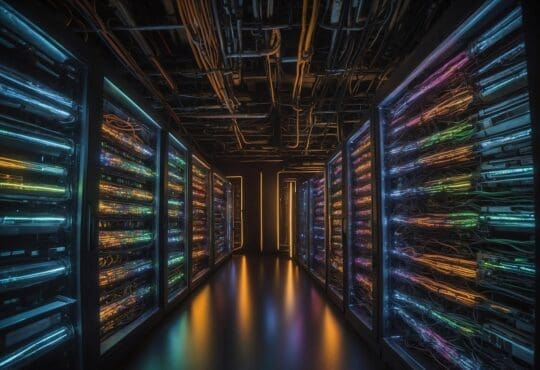I’ve been putting notes together for a while with regards to vSAN and how it differs from Traditional Storage Arrays. Naturally, the choice between the two depends on your requirements but it’s becoming obvious that the use cases for vSAN are growing on every release.
Here are my quick overview notes:
- It is not usually possible to upgrade physical array hardware during it’s lifetime. Once it’s installed, that is it until you replace it.
- Some physical storage arrays do not scale well. vSAN will scale up to 64 hosts worth of disks.
- The underlying hardware that vSAN runs on can be upgraded non disruptively.
- Flash and magnetic drives are combined into a single, easy to manage datastore which is consumed as required.
- Storage arrays typically are all about creating LUNs from Pools and provisioning to hosts and consuming on that fashion. vSAN changes this by having a single storage pool that is tightly integrated into ESXi which makes it a simple to manage solution.
- vSAN, since it’s embedded into the hypervisor integrates naturally into vCenter Server from a familiar interface. You don’t need another GUI to manage it.
- Traditional arrays work with LUNs. vSAN works with storage objects which are more granular. You can assign various policies per VM (or VMDK) for protection, security and performance reasons rather than a whole LUN or Datastore.
- vSAN storage is only available to objects running on ESXi hosts (Support for iSCSI is now available though)
- vSAN, being a software-defined solution means that is can be quickly upgraded and makes available new features as they are released. This is the same for traditional arrays but new features are usually released less frequently since features possible on traditional arrays are fewer than of a software-defined solution.
- vSAN means less hardware in your datacenter and therefore less space, power and cooling requirements
add a comment








